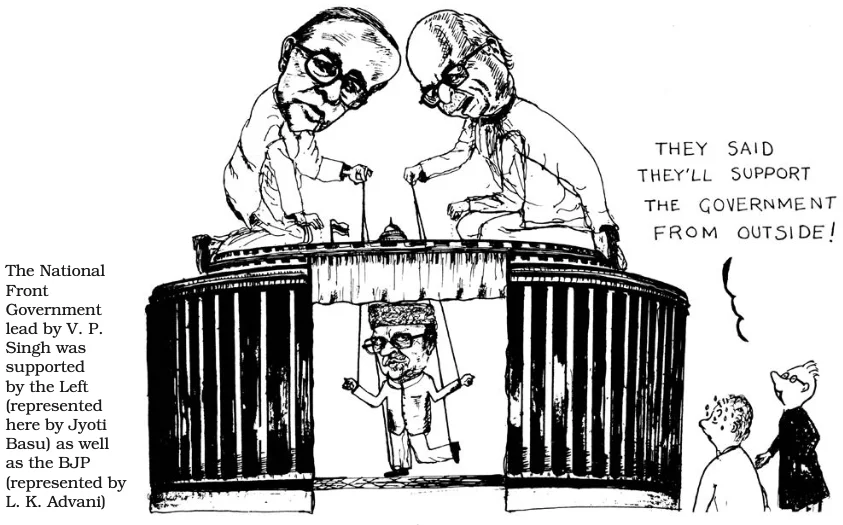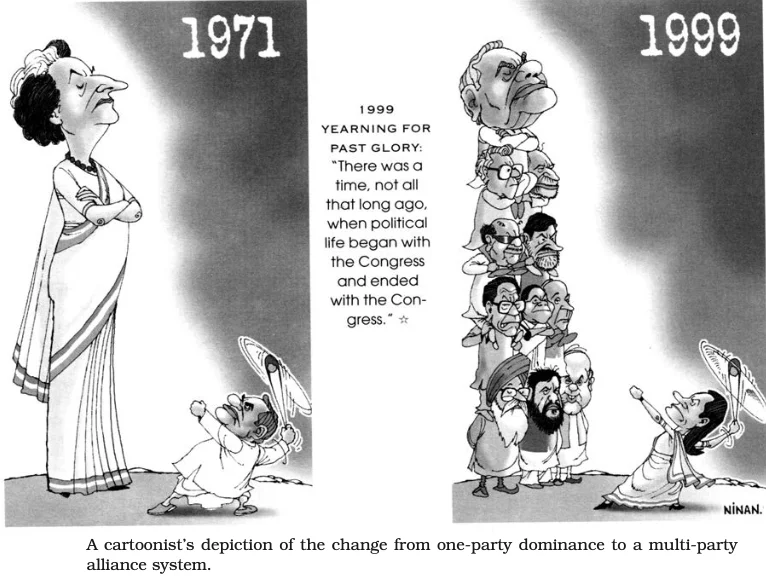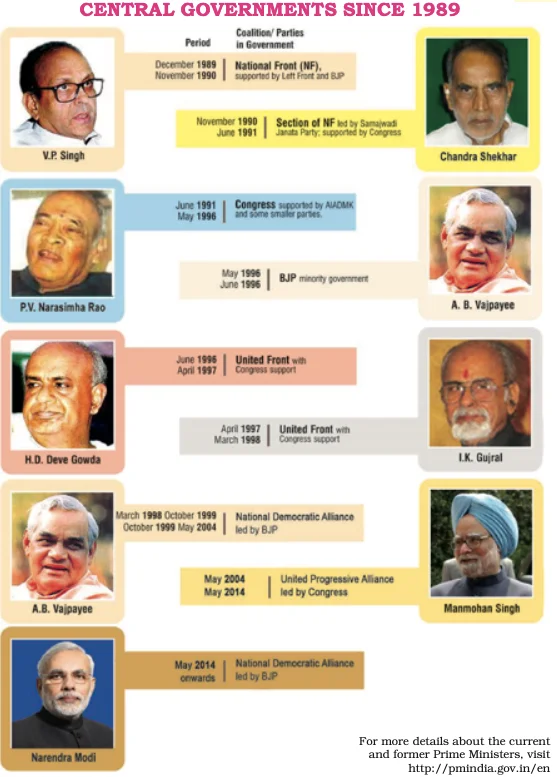![]() 27 Jul 2024
27 Jul 2024
India’s political landscape was shaken by Certain incidents of the 1980s like when Indira Gandhi was assassinated by her bodyguards in 1984. Rajiv Gandhi became the new Prime minister and in the following election to Lok Sabha he led Congress party to a massive victory. By end of 1980s and beginning of 1990s the country witnessed five developments that created far-reaching consequences in Indian politics.
Congress party was defeated in 1989 elections and no party got a clear majority.

Defeat of Congress party marked end of Congress’s dominance over Indian party system.
Rise of Regional and Caste-Based Politics: Emergence of powerful parties and movements that represented Dalit and backward castes (Other Backward Classes or OBCs).


| Must Read | |
| Current Affairs | Editorial Analysis |
| Upsc Notes | Upsc Blogs |
| NCERT Notes | Free Main Answer Writing |
The political landscape of India underwent a dramatic transformation during the 1980s and 1990s, marked by significant events such as Indira and Rajiv Gandhi’s assassinations, a decline of the Congress system, a rise of Mandal and Ayodhya issues, and implementation of new economic policies. These developments led to emergence of coalition politics, regional parties, and caste-based movements, fundamentally altering India’s political dynamics and governance structure.
| Related Articles | |
| INDIAN NATIONAL CONGRESS HISTORY | 2024 Lok Sabha Elections |
| PRIME MINISTER OF INDIA | The Rise of Nationalism in India |
<div class="new-fform">
</div>